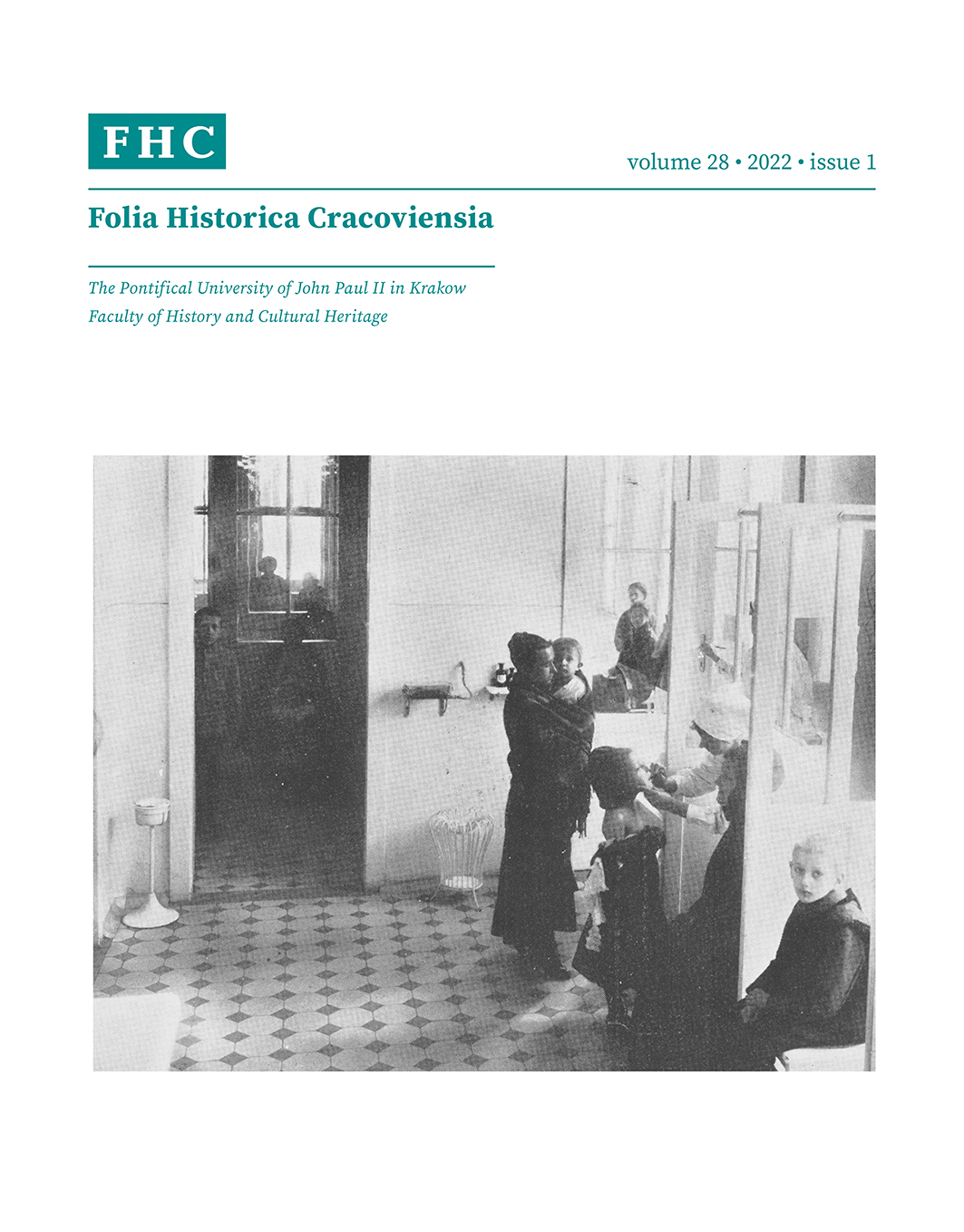Heretics as devil’s servants. The construction of religious otherness in Silesian historiographical sources from the late Middle Ages
Heretics as devil’s servants. The construction of religious otherness in Silesian historiographical sources from the late Middle Ages
Author(s): David RadekSubject(s): 15th Century, Sociology of Religion
Published by: Wydawnictwo Naukowe Uniwersytetu Papieskiego Jana Pawła II w Krakowie
Keywords: heresy; narrative sources; Silesia; Hussitism; Jan Hus;
Summary/Abstract: Since the times of St Augustine, the medieval society was firmly convinced about the connection between heresy and the devil, and heretics were often considered members of the civitatis diaboli. In the Silesian milieu, a similarly constructed religious identity can be more often encountered in the late Middle Ages, when the society was facing the threat of Hussitism. This was reflected in the works of contemporary chroniclers (e.g., Peter Eschenloer, Caspar Borgeni, Johannes Froben, etc.). The descriptions of heretics were created in accordance with the already existing Christian tradition and predominantly consisted of stereotypes and topoi associated with heresy. The paper focuses on the analysis of narrative strategies used by Silesian chroniclers and endeavours to explain how the image of heretics was created, with an emphasis on the role the devil played in these descriptions, therefore it analyses the relationship between heretics and the devil.
Journal: Folia Historica Cracoviensia
- Issue Year: 28/2022
- Issue No: 1
- Page Range: 17-36
- Page Count: 20
- Language: English

